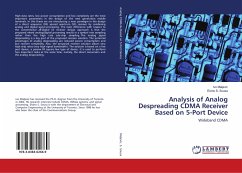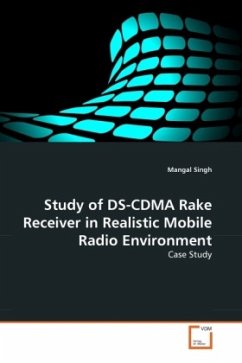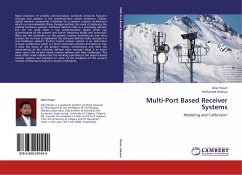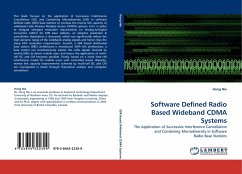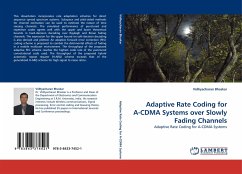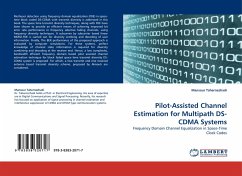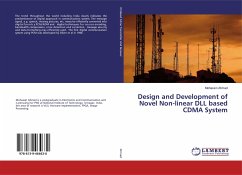High data rates, low power consumption and low
complexity are the most important parameters in the
design of the next generation mobile terminals. In
this thesis we are introducing a new paradigm
in the design of a direct sequence (DS) spread
spectrum (SS) receiver by combining analog and
digital signal processing. The main difference with
respect to the conventional all-digital SS receiver
design approach is that the proposed mixed
analog/digital processing results in a symbol rate
sampling rather than the high rate sub-chip sampling.
The analog signal despreading is a key part of the
proposed receiver solution. The potential advantages
of analog despreading are reduced power consumption
and low receiver complexity. Also, the proposed
receiver solution allows very high chip rates (very
high signal bandwidth). The solution is based on a
five port device, a passive RF square law type of
device. It is used to perform two important tasks at
the same time, namely, the direct conversion
and the analog despreading.
complexity are the most important parameters in the
design of the next generation mobile terminals. In
this thesis we are introducing a new paradigm
in the design of a direct sequence (DS) spread
spectrum (SS) receiver by combining analog and
digital signal processing. The main difference with
respect to the conventional all-digital SS receiver
design approach is that the proposed mixed
analog/digital processing results in a symbol rate
sampling rather than the high rate sub-chip sampling.
The analog signal despreading is a key part of the
proposed receiver solution. The potential advantages
of analog despreading are reduced power consumption
and low receiver complexity. Also, the proposed
receiver solution allows very high chip rates (very
high signal bandwidth). The solution is based on a
five port device, a passive RF square law type of
device. It is used to perform two important tasks at
the same time, namely, the direct conversion
and the analog despreading.

